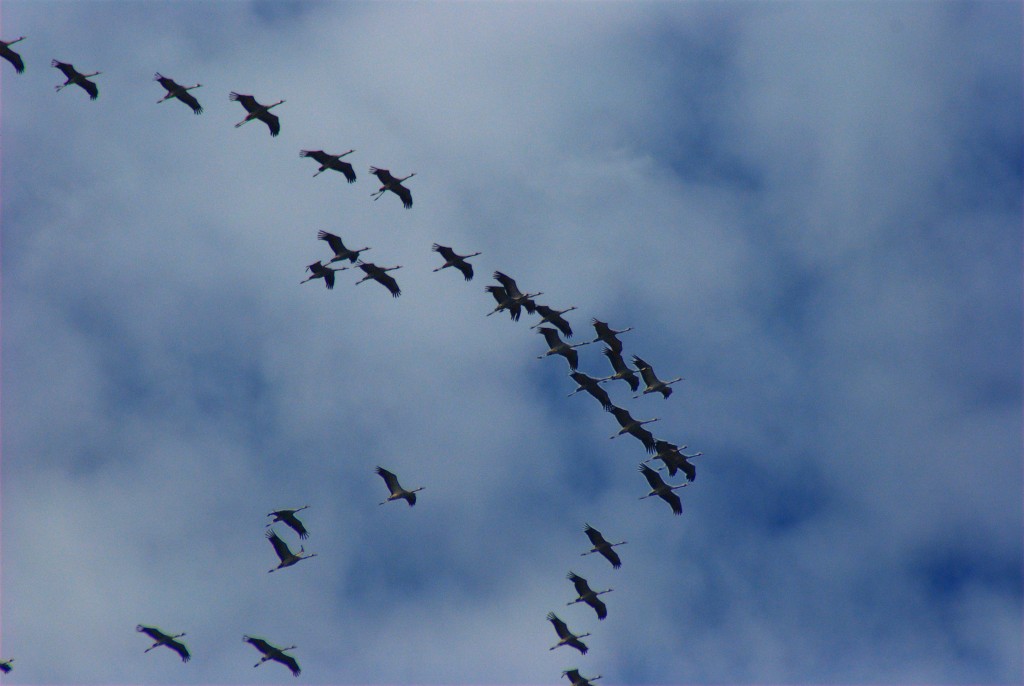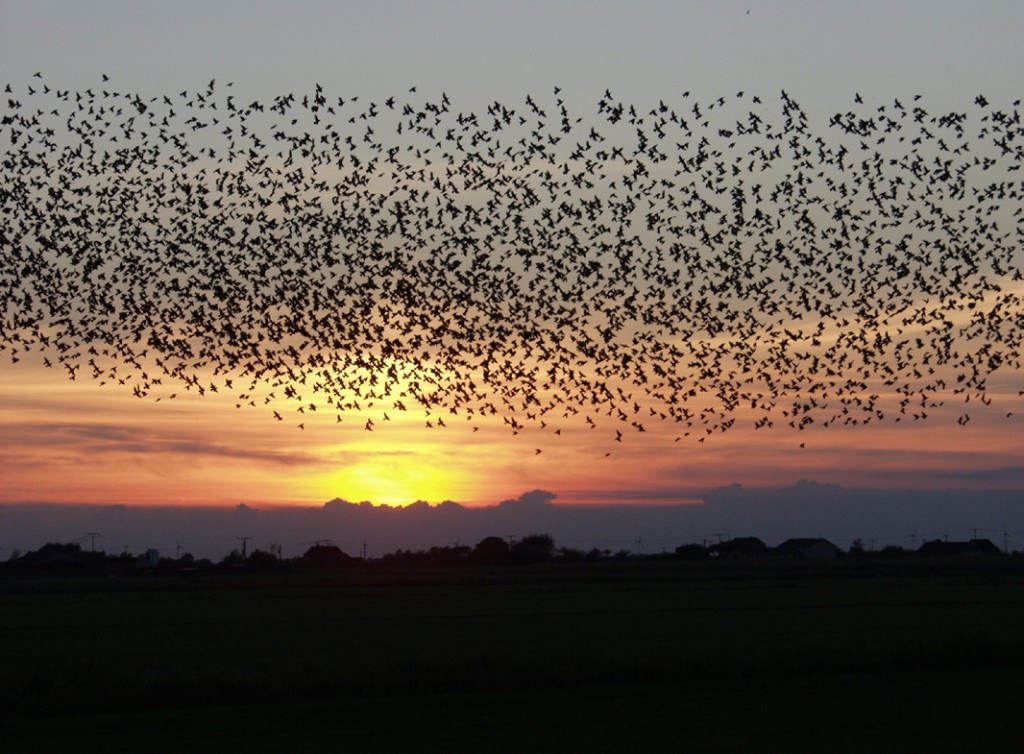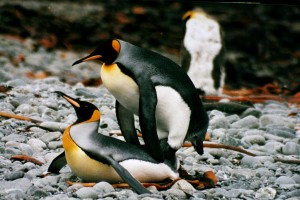How Birds Prepare to Migrate

Bird Physiology as Birds Prepare to Migrate
Fall is just around the corner (though according to some stores Christmas is already here and we should be planning for Valentine's Day!) and as the weather turns cooler our feathery friends begin to depart on their migrations to the South. Bird migration has been studied extensively, from beginning to end, though we're just now really starting to make heads or tails of how it all happens. Birds can do such amazing feats of travel and navigation and no one quite knows how. For me, the question has never been about why the birds migrate, it seems pretty obvious that cold and lack of food is not conducive to creatures that can weigh mere ounces and need insects, nectar, or protein to survive. I've always wondered why it was that male birds wanted to beat the snot out of each other for three months (in Spring and Summer), calling, threats and warnings, and then suddenly they are buddies with the birds next door and can fly south with everyone else in big flocks. So, I did a little digging to find out.

Birds are specially adapted for flight, this we know. They have hollow bones, feathers, insulation, streamlined flight, special feet and beaks, and much more. Their scaly feet give away their reptilian ancestory, as do their beady eyes when they look at you, especially the predatory birds. However, they also have some unique characteristics that most people don't know about, such as their reproductive systems (if you haven't read my post on the two answers for everything in biology be sure to click here). If you're a bird that needs to fly, and migrate, it's to your benefit not to have any additional weight or unnecessary parts and bits. This is especially true for avian anatomy.
Female birds usually have only one functioning ovary, and oddly enough, it's usually the left one. Two develop embryologically, but one regresses until it becomes a vestigial organ in the adult bird, like a whale's back legs. The birds really only need one ovary to produce eggs, so by eliminating one they make their bodies less heavy for flight. In some female birds, once they reach their breeding grounds in Spring, they will actually begin to sequester calcium in their bones, which can be drawn out and used to form egg shells. This makes them heavier, but only at a time they probably don't need to fly long distances, and helps them prepare for egg laying. Birds that don't sequester calcium usually eat more calcium before egg laying. You can help the female migrants in your yard by leaving out egg shells, cracked or broken, near feeders for them eat. Another good source of calcium that birds will eat readily is commercially available at local feed stores in the form of crushed oyster shells. The calcium in the leg bones of females is secreted or absorbed before fall migration, decreasing weight to a more appropriate flight weight. (To read more click this link for a research paper).
Male birds have two testes, one resting just above each kidney. In non-breeding birds they are almost impossible little organs to find. In breeding season avian testes (cued by lengthening daylight) may swell in size to hundreds of times their non-breeding size (Proctor and Lynch 93). While this like an absolute nightmare for mammals, it works well for birds, because swelling testes causes an increase in hormones, and an increase in territoriality and singing behavior in Spring. This increase in weight, hormones, and territorialiy corresponds with increased food supplies, so extra testicular weight is not a detriment to migration or flight.

In the Fall, the opposite occurs. The little gonads shrink, and all the male birds are happy and can get along again. This is a great adaptive strategy because it allows the birds to cooperate and migrate in flocks, which is thought to benefit birds because of "safety in numbers."
Shortening daylight, for both male and female birds, also cues extra fat deposits and storage for the long migrations ahead. Feeding will increase as the time for migration draws near. Some birds can lose up to 1/2 to 1/4 of their body weight during migration. Can you imagine doing that as a human?
Bird migration itself is an amazing occurrence. If you want to learn more, or to participate in citizen science studies with your outdoor education center or classroom then I suggest visiting the Journey North website. It is a great resource of facts, lesson plans, maps, real-time surveys, and citizen science for classrooms and the public. They have great information about phenology or the study of plant and animal responses to the changing seasons. The Cornell Ornithology Lab also has some great resources to check out too.
Just because I can...here's a fun video, with male bower birds in full swollen teste mode showing off.

